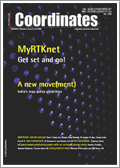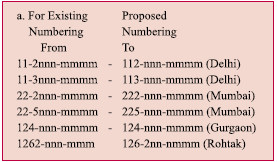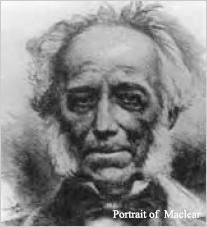David Sharp was left to die.
Many saw him.
They didn’t do anything.
Perhaps they could not.
Perhaps it was ‘impossible’ to do …

Indonesian military plane to map quake-hit areas
The Indonesian Defence Forces (TNI) have assigned a CN-235 airplane to carry out aerial photography on areas in the Yogyakarta region affected by 27 May 5.9-magnitude earthquake. The activity is aimed at making a detailed map of areas devastated by the quake.
TNI had also sent a Hercules C-130 plane carrying a TNI field medical team and three helicopters to evacuate victims.http://news.xinhuanet.com

MyRTKnet: Get set and go! DATO’ HAMID ALI, AHMAD FAUZI NORDIN, DR SAMAD HJ ABU, CHANG LENG HUA
A new move(ment) JG KRISHNAYYA AND GEORGE CHO
Space-based positioning system with no on-board atomic clocks FABRIZIO TAPPERO, ANDREW DEMPSTER, TOSHIAKI IWATA
Going hand in hand MADHAV N KULKARNI AND DM SATALE
India’s phone coordinates MUNEENDRA KUMAR

Galileo – the European Programme for Global Navigation Services for civil purposes is an initiative led by European Union. We provide regular updates to our readers on the Galileo programme.
Galileo OS SIS ICD now available on-line The information contained in the Galileo Open Service Signal In Space Interface Control Document (SIS ICD) is made available to the public by the Galileo Joint Undertaking (GJU), an undertaking jointly created by the European Commission and the European Space Agency. www.galileoju.com

In India, the “extra” digits in telephone numbers have been added a number of times e.g., the digits for Delhi have changed from 5 to 8 in the past five decades. However, with the addition of extra digit of “2” (or “3” or “5”) in the phone numbers of the cities around the countries in December 2002, the total number has reached to “10”, i.e., “2, 3, or 4” digits of city codes plus “8, 7, or 6” digits of phone numbers. In one colony of Delhi, since…

China to survey the Great Wall
The Great Wall resource investigation has kicked off officially in Hebei Province. It is the first time for China to make precise measurement and accurate survey on the Great Wall with comprehensive investigation and mapping skills, which will be undertaken for several years.
China has launched the nationwide investigation of the Great Wall for twice since the establishment of the new China. In the mid-1950s, China did primary investigation on the age and distribution of the Great Wall with the help of the national cultural relic survey, and the second-time investigation was undertaken in the 1980s.
http://news.xinhuanet.com

With the launch of GPS in the 1980s, the task of providing control points for mapping purposes was greatly simplified, leading to economy and ease of operation. The technique of LASER mapping, which existed decades before GPS, also received a boost due to GPS, as instantaneous precise positioning of the exposure station during the mobile LASER mapping operation was made possible by GPS, thus solving a major problem in LASER mapping…

Navigate with Garmin StreetPilot 2820
Garmin International Inchas announced the StreetPilot 2820, a premium automotive and motorcycle navigation device for customers, as well as a configurable platform for Garmin’s growing list of OEM partners. The StreetPilot 2820 builds upon the success of the StreetPilot 2700 series, and also incorporates Bluetooth wireless connectivity and a hands-free calling interface.
www.garmin.com












 (5.00 out of 5)
(5.00 out of 5)